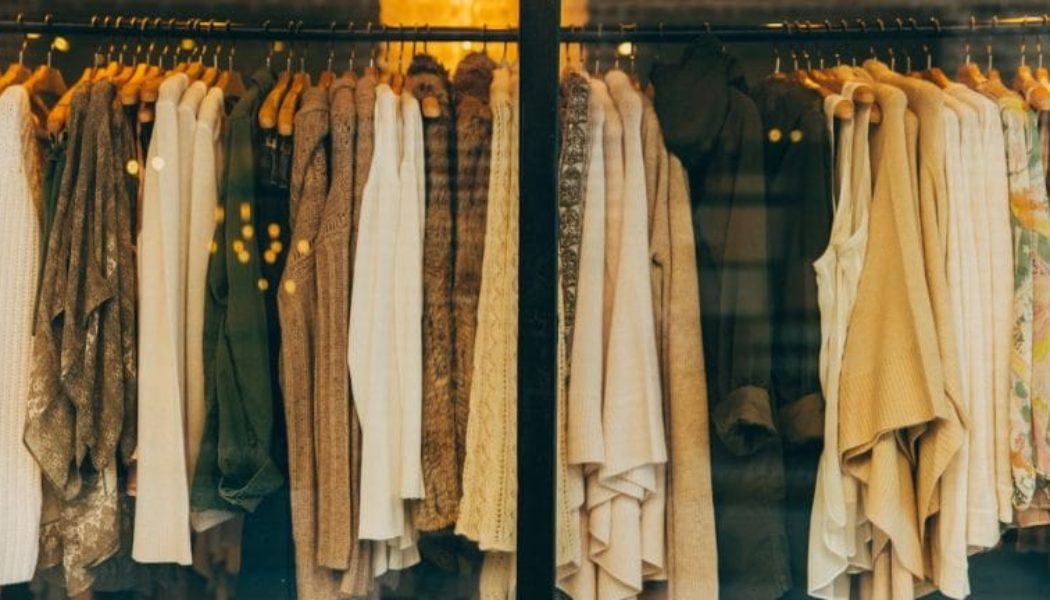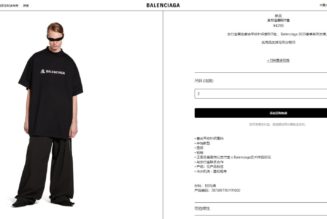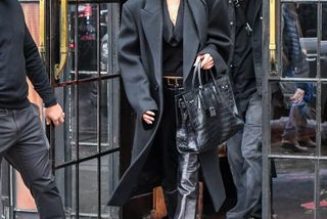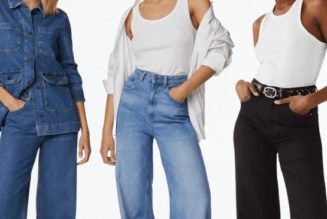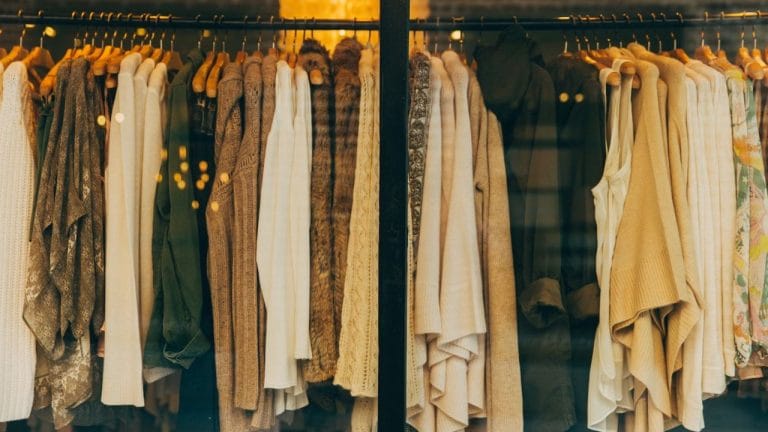
By Bhagyashree Jain
The world of fashion has always been a realm of glamour, exclusivity, and, at times, excess. But in recent years, a new wave of consciousness has swept through the industry, driven by a growing awareness of the environmental and social impact of our sartorial choices. This movement, known as sustainable luxury fashion, is challenging the very foundations of the industry by advocating for a more ethical and responsible approach to design, production, and consumption.
Global Luxury Brands Taking Notice
At the forefront of this transformation is Kering, a French luxury goods company that owns renowned brands such as Gucci, Saint Laurent, and Bottega Veneta. Kering has made sustainability a cornerstone of its business strategy, setting ambitious goals to reduce its environmental footprint and promote social responsibility throughout its supply chain.
One of Kering’s key initiatives is the development of innovative sustainable materials. Kering has partnered with companies like Aquafil, which produces Econyl, a regenerated nylon fibre made from fishing nets and other waste materials, and Spinnova, which creates cellulose-based fibres from wood pulp. These collaborations are helping to pave the way for a future where luxury fashion can exist without compromising the planet’s health.
In addition to Kering, other luxury fashion companies are also making strides towards sustainability. LVMH, the world’s largest luxury goods group, has set ambitious goals to reduce its environmental impact and promote social responsibility throughout its supply chain. Stella McCartney, a British fashion designer, has been a pioneer in sustainable fashion, using organic and recycled materials and implementing ethical labour practices.
Sustainable Fashion in India: An Indigenous Approach
India, a land of rich textile heritage and craftsmanship, has embraced sustainable fashion with its unique blend of traditional techniques and modern sensibilities. Several Indian brands are leading the way in sustainable luxury fashion, demonstrating that eco-consciousness and style can go hand in hand.
Grassroot by Anita Dongre, for instance, showcases the beauty of handloom fabrics and traditional embroidery, while ensuring fair wages and working conditions for artisans. Similarly, Nicobar uses organic cotton, tencel, recycled wool, and cupro modal, and collaborates with small communities across India to develop its sustainable products.
These brands exemplify the growing commitment to sustainability within the Indian fashion industry. They are not merely adopting Western trends; they are shaping a distinct Indian approach to sustainable luxury fashion, one that is rooted in tradition, craftsmanship, and ethical practices.
A Comparative Look: Indian vs Global Luxury Brands
While Indian brands are making significant strides in sustainable fashion, there are some notable differences between their approach and that of global luxury brands. Indian brands often place a greater emphasis on traditional techniques and craftsmanship, utilising local resources and supporting local communities. They also tend to be more transparent about their supply chains and environmental impact.
Global luxury brands, on the other hand, often focus on developing innovative sustainable materials and technologies. They also have a larger global reach and more resources to invest in sustainability initiatives.
Despite these differences, both Indian and global luxury brands are making progress towards a more sustainable future for the industry. By sharing knowledge, collaborating, and constantly striving for improvement, they can create a more ethical and environmentally responsible fashion industry that benefits both the planet and its people.
Challenges and Opportunities
Despite the progress being made, there are still significant challenges to overcome in the pursuit of sustainable luxury fashion. One major hurdle is the high cost of sustainable materials. Developing and producing these materials often requires more resources and expertise than traditional methods, which can drive up the price of finished products.
Another challenge is the need to scale up production. While sustainable materials are becoming increasingly available, they are still not widely used in the mainstream fashion industry. This is due in part to the limited production capacity of sustainable material suppliers and the reluctance of some brands to invest in new technologies.
The Road Ahead: A Vision for Sustainable Luxury
Despite these challenges, the future of sustainable luxury fashion seems bright. Consumers are increasingly demanding more ethical and environmentally friendly products, and brands are responding by making sustainability a priority.
As the demand for sustainable luxury fashion grows, we can expect to see more innovation, collaboration, and transparency from brands across the industry. This will lead to the development of new sustainable materials, more efficient production processes, and a greater understanding of the social and environmental impact of fashion.
Conclusion: Sustainable Luxury for a Sustainable Future
Sustainable luxury fashion is not just a passing fad; it is a movement that is transforming the industry and shaping the future of fashion. By embracing sustainability, luxury brands can not only reduce their environmental impact but also create products that are more ethical, responsible, and desirable to consumers. As we move towards a more sustainable future, luxury fashion will continue to play a significant role, but it will do so in a way that is more respectful of the planet and its people.
